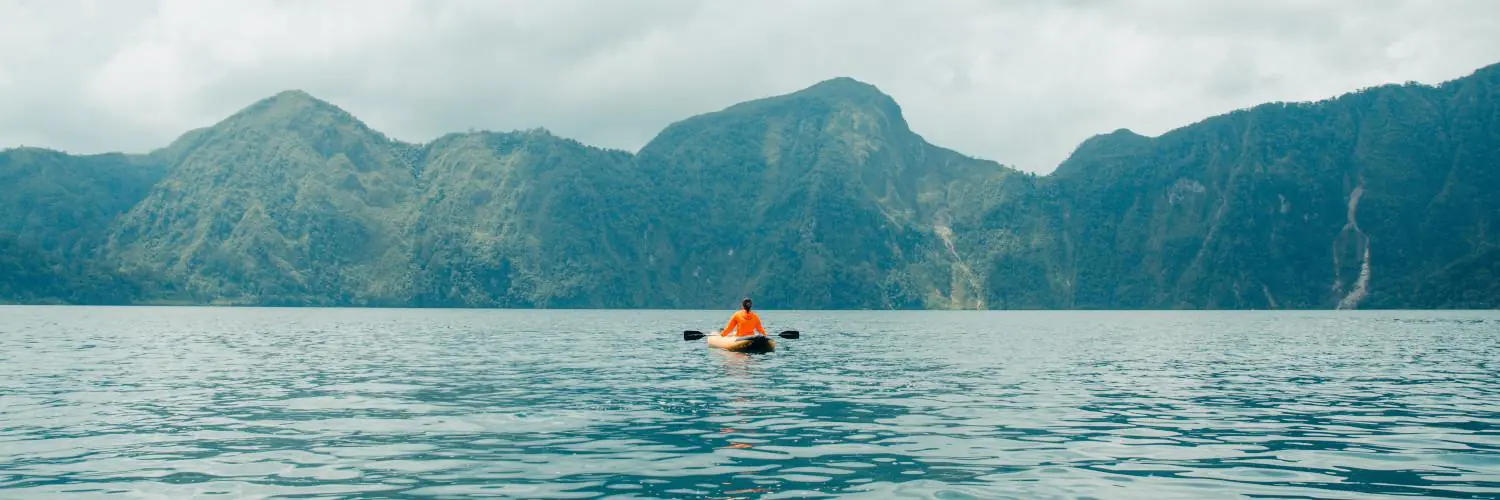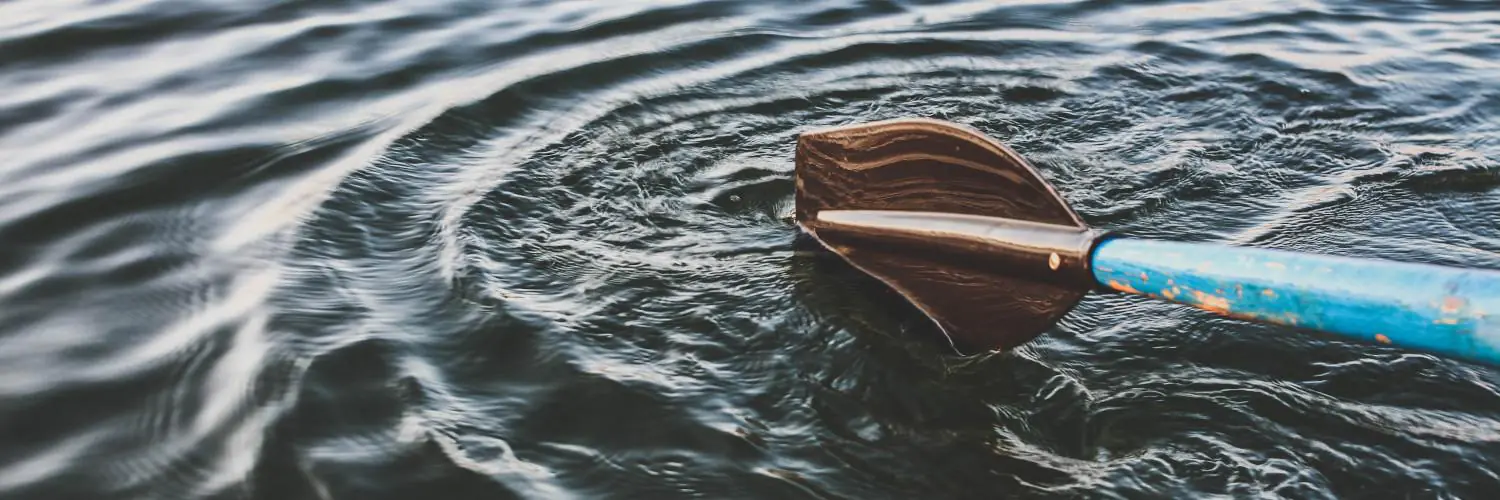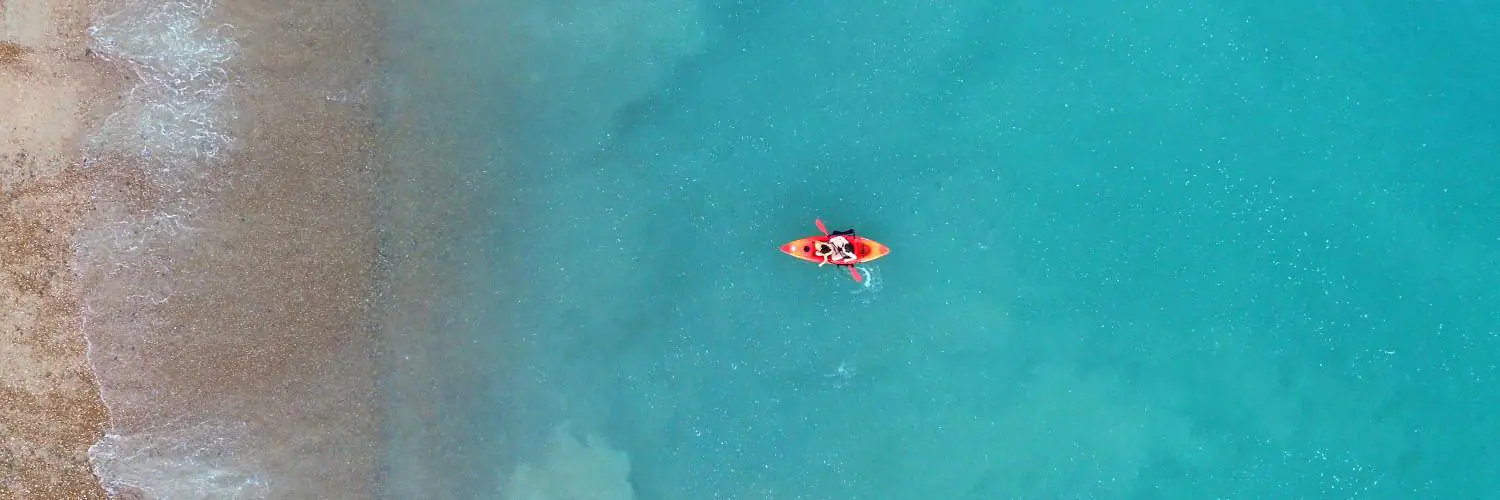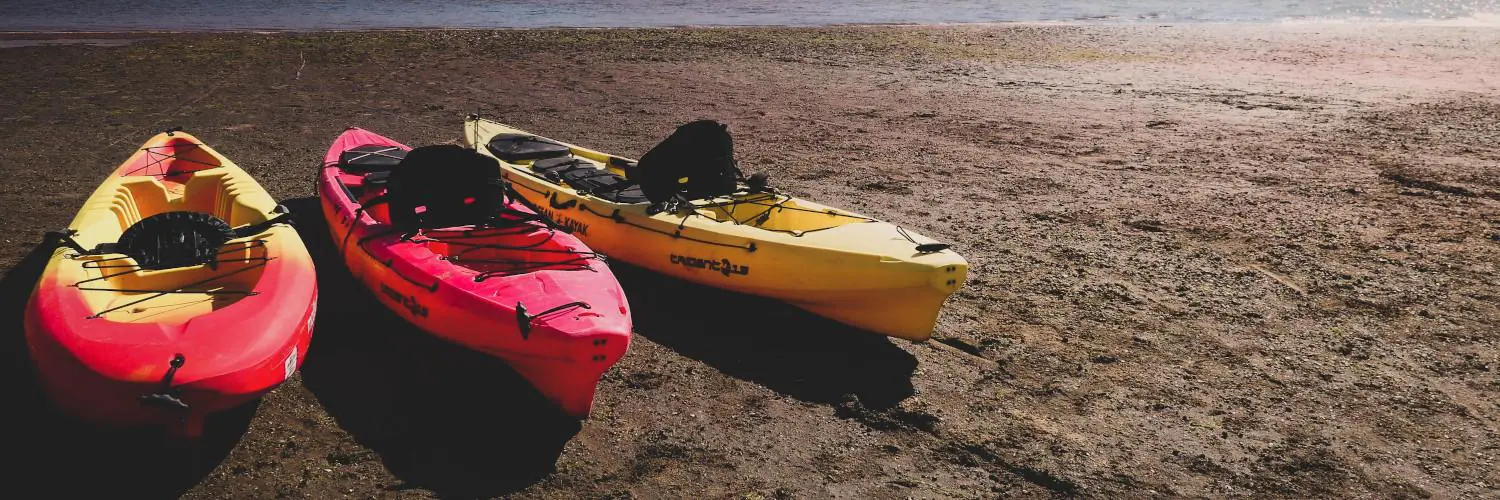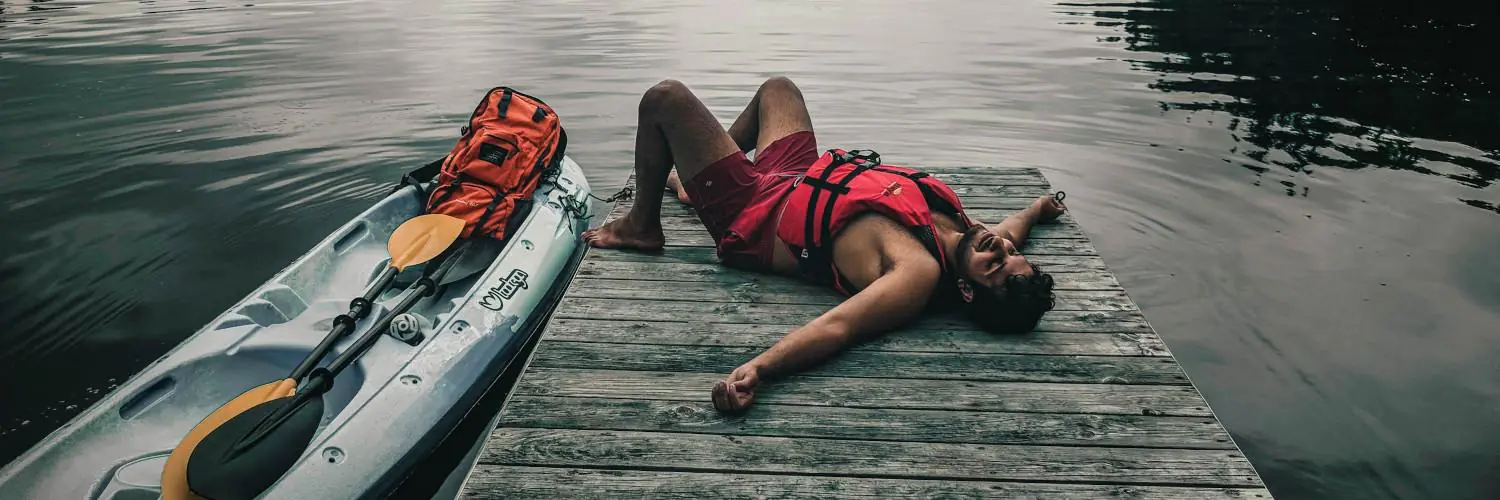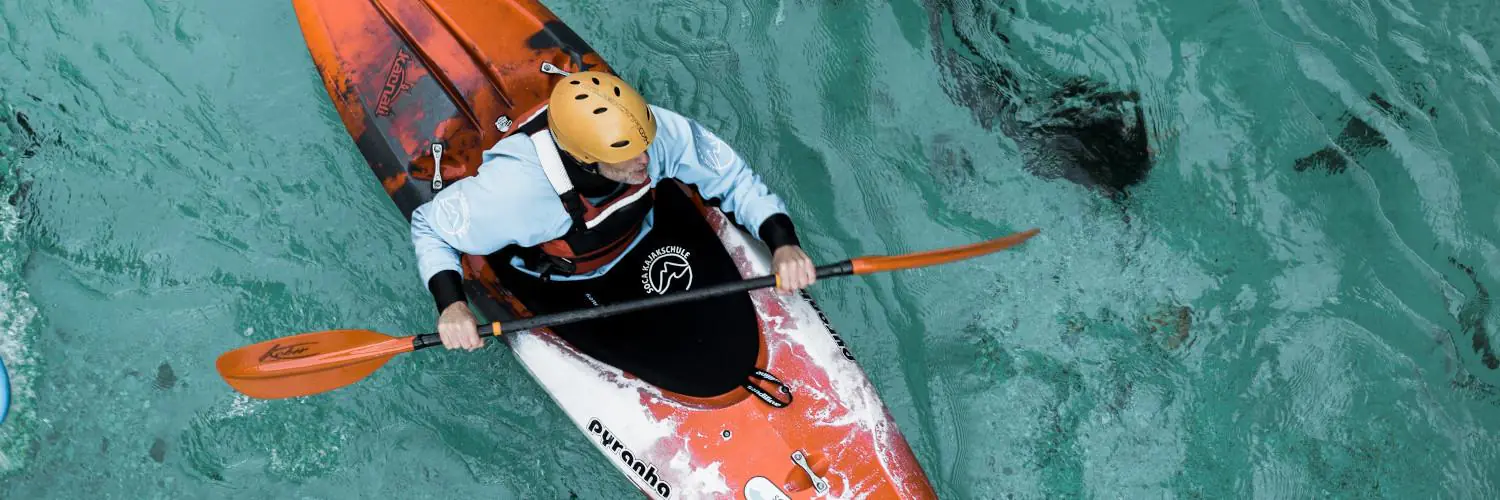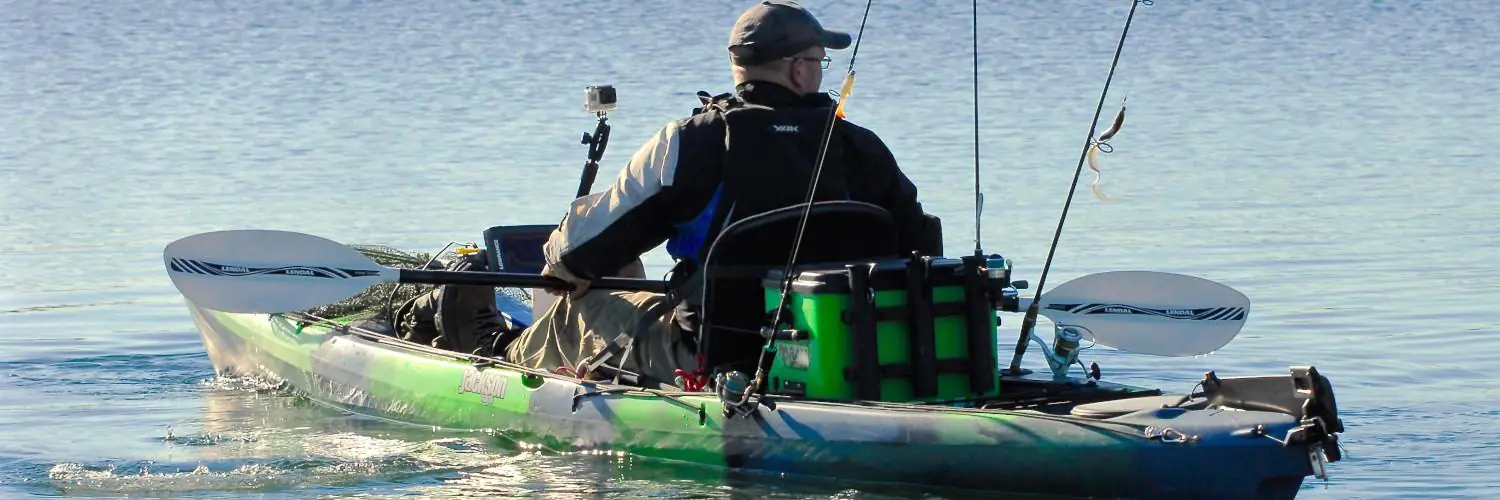Kayaking is an accessible water sport that offers the thrill of exploring lakes, rivers, and coastlines from a unique vantage point. Concern often arises around the safety of kayaking for those who do not have swimming skills. While swimming ability can certainly enhance safety, it is not a strict prerequisite for enjoying a kayaking excursion. Instead, safety measures and proper preparation become paramount for non-swimmers looking to participate in this activity.
Safety protocols are crucial for ensuring that non-swimmers can kayak with peace of mind. The use of personal flotation devices (PFDs) is mandatory, as they provide buoyancy and keep the kayaker afloat in the event of a capsize. Furthermore, choosing calm and shallow waters for kayaking expeditions can significantly reduce the risks involved. It is also advisable for non-swimmers to kayak in the company of experienced individuals who can offer assistance if needed.
Understanding one’s limitations plays a large role in the safety of kayaking without swimming knowledge. Non-swimmers should stick to shorter trips and ideally remain within a distance from shore that they feel comfortable handling in case of an emergency. By respecting these limitations and employing safety measures, non-swimmers can confidently enjoy kayaking experiences alongside their swimming counterparts.
Table of Contents
Understanding the Importance of Swimming in Kayaking
Swimming abilities play a crucial role in kayaking, particularly in enhancing safety and building confidence on the water. Individuals who kayak should ideally be proficient swimmers; however, this is not always the case. For non-swimmers, or those with limited swimming skills, understanding the risks and necessary precautions is essential.
For Non-Swimmers:
- Safety Risks: The primary concern for non-swimmers is the increased risk of drowning should they capsize. Lacking the skills to self-rescue or swim to safety heightens the danger.
- Fear Mitigation: Knowing how to swim can significantly reduce the fear of water. This fear, if unchecked, may turn into panic in emergency situations, which can impede rational decision-making or self-rescue efforts.
For Swimmers:
- Confidence: Proficient swimmers are more likely to feel comfortable and confident when kayaking, as they possess the necessary skills to handle potential overboard situations.
- Self-Rescue: Swimming skills aid in performing self-rescue techniques and make it easier to re-enter a kayak after a capsize.
Considerations for Non-Swimmers:
- Opt for calm, shallow waters where standing up is possible in case of capsizing.
- Always wear a properly fitted personal flotation device (PFD).
- Kayak in a group, especially with swimmers who can assist if needed.
- Stay close to shore to manage fear and ensure a quicker response to any issues.
Non-swimmers should be aware of their limitations and seek to kayak in conditions that minimize risks. Swimming skills are a valuable asset in kayaking, but with the right precautions, non-swimmers too can enjoy the sport while staying safe.
Personal Flotation Devices (PFDs)
Personal Flotation Devices, or PFDs, are a critical safety component for kayaking, designed to provide buoyancy and keep individuals afloat in water. Whether one knows how to swim or not, the consistent use of a PFD is non-negotiable in paddling sports.
Types of PFDs
PFDs are classified into several types:
- Type I: Offshore Life Jackets, designed for open, rough, or remote waters where rescue may be delayed.
- Type II: Near-Shore Vests, intended for calmer, near-shore waters where fast rescue is likely.
- Type III: Flotation Aids, best suited for calm, inland water or where there is a good chance of quick rescue. They are designed for comfort and continuous wear.
Type III PFDs are most commonly recommended for kayaking due to their balance between flotation and comfort.
Proper Fit and Use
The effectiveness of a PFD depends on its proper fit and use:
- Buoyancy Rating: Adults generally need an extra 7-12 pounds of buoyancy. PFDs typically offer a minimum buoyancy of 15.5 pounds.
- Correct Sizing: PFDs should fit snugly without restricting movement. They must be appropriately sized for the user’s body weight and chest size.
- Maintenance: Regularly inspect PFDs for wear and damage, and test them for buoyancy.
- Wearing the PFD: Always secure all straps and closures and ensure that the PFD is worn at all times on the water, regardless of swimming ability.
Using a PFD is the simplest and most effective measure one can take to enhance safety while kayaking.
Kayak Types and Stability
When considering kayaking safety for non-swimmers, the type of kayak and its inherent stability are crucial factors. Different kayak styles cater to varied water conditions and user experiences, each with distinctive features affecting balance and safety.
Sit-In vs. Sit-On-Top Kayaks
Sit-in kayaks feature an enclosed cockpit where the paddler sits below the waterline. This design lowers the paddler’s center of gravity, which can enhance balance and stability. However, exit can be more challenging if the kayak capsizes.
- Pros: Better protection from elements, potential for greater maneuverability.
- Cons: More difficult to recover if flipped, a self-rescue skill may be necessary.
Sit-on-top kayaks offer an open deck, allowing paddlers to easily climb back on after a fall. This style is generally wider, making it more stable, and is ideal for beginners or non-swimmers concerned about capsizing.
- Pros: Higher primary stability, easy re-entry from water.
- Cons: Rider is more exposed to elements, can be slower due to width.
Tandem vs. Single Kayaks
Tandem kayaks are designed for two paddlers. They are typically longer and can be more stable than single kayaks, making them a good option for non-swimmers kayaking with a partner. Coordination between paddlers is key to maintaining balance and direction.
- Pros: Shared paddling effort, increased stability.
- Cons: Requires good communication, can be awkward to handle alone.
Single kayaks, intended for one person, offer individual control and freedom. While they can be less stable than tandem kayaks, there are single models built with stability in mind, suitable for those not confident in their swimming abilities.
- Pros: Total control for the individual, more maneuverability.
- Cons: Potentially less stable, all responsibility on one paddler.
Selecting a Stable Kayak
Stable kayaks typically have a wide hull and a flat bottom, contributing to increased stability, which is essential for non-swimmers. Recreational kayaks are often recommended due to their design prioritizing stability over speed.
- Primary stability refers to the kayak’s steadiness when paddled on calm water.
- Secondary stability influences how the kayak handles when tilted, such as in choppier conditions.
When selecting a type of kayak, non-swimmers should look for one with high primary stability to ensure confidence and safety while on the water.
Preparing for Safe Kayaking
To ensure safety while kayaking without swimming abilities, one must prioritize proper preparation, with a focus on lessons, self-rescue techniques, and understanding the water environment.
Pre-Kayaking Lessons
Before setting out, individuals should seek kayak lessons from certified instructors. These lessons should cover basic paddling techniques, how to control the kayak, and essential safety information such as how to react in case of a capsize.
- Essentials of Kayak Lessons:
- Paddle strokes and control
- Entering and exiting a kayak
- Capsizing protocols
Self-Rescue Techniques
Acquiring self-rescue skills is critical. Participants must learn the wet exit, where one safely exits a capsized kayak. Mastery of the T-rescue, a technique where a kayaker uses another kayak to right themselves, and the Eskimo roll, which allows kayakers to right themselves while remaining in the kayak, is also recommended.
- Key Self-Rescue Skills:
- Wet Exit
- T-Rescue
- Eskimo Roll
Understanding Water Conditions
Knowledge of water conditions is essential for a safe experience. Kayakers must check weather forecasts and be aware of wind speeds, as strong winds can affect stability and steering. One should also be aware of the currents, which can dramatically impact a trip, and ensure visibility is adequate to avoid collisions.
- Water Conditions to Monitor:
- Wind speed and direction
- Weather forecasts
- Current strength and patterns
- Visibility levels
Best Practices for Non-Swimmers
When kayaking as a non-swimmer, safety is paramount. Adhering to established safety practices ensures a secure and enjoyable experience on the water.
Buddy System
A non-swimmer should always kayak with a buddy who is an experienced swimmer and paddler. This practice ensures immediate assistance in case of an emergency and allows for learning from a seasoned kayaker. The buddy system is a reliable safety net; partners can monitor each other for signs of fatigue or distress and offer help to navigate or exit the water if necessary.
Safety Measures and Equipment
Non-swimmers should prioritize their safety by wearing a personal flotation device (PFD) at all times. Ensure the life jacket fits snugly and is approved by the appropriate authorities like the U.S. Coast Guard. Additionally, attaching a leash to the kayak adds an extra layer of security, as it keeps the craft within reach in case one falls into the water.
- Essential Equipment:
- Life jacket (PFD)
- Kayak leash
- Whistle for signaling
Choosing Appropriate Waters for Kayaking
Selecting a suitable environment is crucial for non-swimmers. Calm, shallow waters, such as a calm lake or slow-moving rivers, are ideal. These less challenging conditions can minimize the risk of accidents and increase comfort levels for non-swimmers. For an added layer of security, one might consider participating in a guided tour that caters to non-swimmers and beginners, as guides can offer immediate help and navigate the group through the safest routes.
Understanding the Risks
When kayaking without knowing how to swim, it is vital to recognize and mitigate the inherent risks involved. This ensures enjoyment of the water sport while prioritizing safety.
Dealing with Capsizing
In the event of a kayak capsizing, the inability to swim poses a significant risk of drowning. Staying afloat and returning to the kayak becomes challenging, increasing the likelihood of drifting away from the vessel. Knowledge of self-rescue techniques is crucial, as they provide the means to re-enter the kayak or stay afloat until help arrives. A properly fitted life jacket is non-negotiable—it is the most critical piece of safety equipment to keep individuals buoyant after they fall off the kayak.
Addressing Fears and Panic
The fear of water, especially for non-swimmers, can lead to panic in unexpected situations, such as capsizing. Panic can severely hinder the ability to think clearly and take life-saving actions. Preparing mentally and practicing calmness can make a significant difference in such scenarios. It’s recommended to kayak with a companion who is skilled in swimming and rescue techniques, which not only provides a sense of security but also ensures there is someone to assist if distress occurs.
Selecting a Kayaking Location
The choice of location is crucial for a safe kayaking experience, particularly for those with limited or no swimming abilities. It should be tailored to the kayaker’s skill level and comfort in water.
Flat Water Kayaking
Calming lakes and placid rivers are ideal for individuals without swimming skills. These flat water environments typically have less challenging conditions, allowing for a more controlled and gentle kayaking experience. Paddlers should prioritize locations such as calm lakes that are sheltered from winds and currents, reducing the risk of capsizing and making self-rescue or assistance by others more manageable.
- Examples of suitable flat water locations:
- Small to medium-sized lakes
- Slow-moving rivers
- Calm ponds
Coastal and Open Ocean Kayaking
Coastal waterways and the open ocean introduce variables such as tides, currents, and wind that require a higher level of skill and awareness. Kayakers who are not proficient swimmers should be particularly cautious if they choose coastal waterways. They must ensure to:
- Check weather forecasts and tide charts before departing
- Stay close to the shore within a quick return distance
- Avoid areas with strong currents or boat traffic
Whitewater Kayaking
Whitewater rapids range from Class I (easy and minimal risk) to Class V (extreme and high risk). Non-swimmers should avoid whitewater kayaking unless accompanied by experienced guides. Whitewater conditions can change rapidly, and the risk of capsizing is significantly higher. If one decides to venture into whitewater, it should be limited to:
- Gentle Class I or possibly low-end Class II rapids under expert supervision
- Ensuring access to immediate rescue assistance if needed
- Considerations for whitewater locations:
- Proximity to professional rescue services
- The classification of the rapids
- Presence of a knowledgeable guide or instructor

